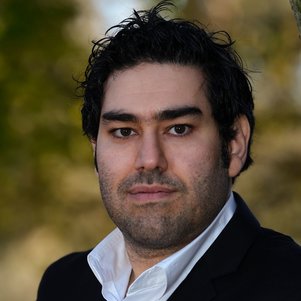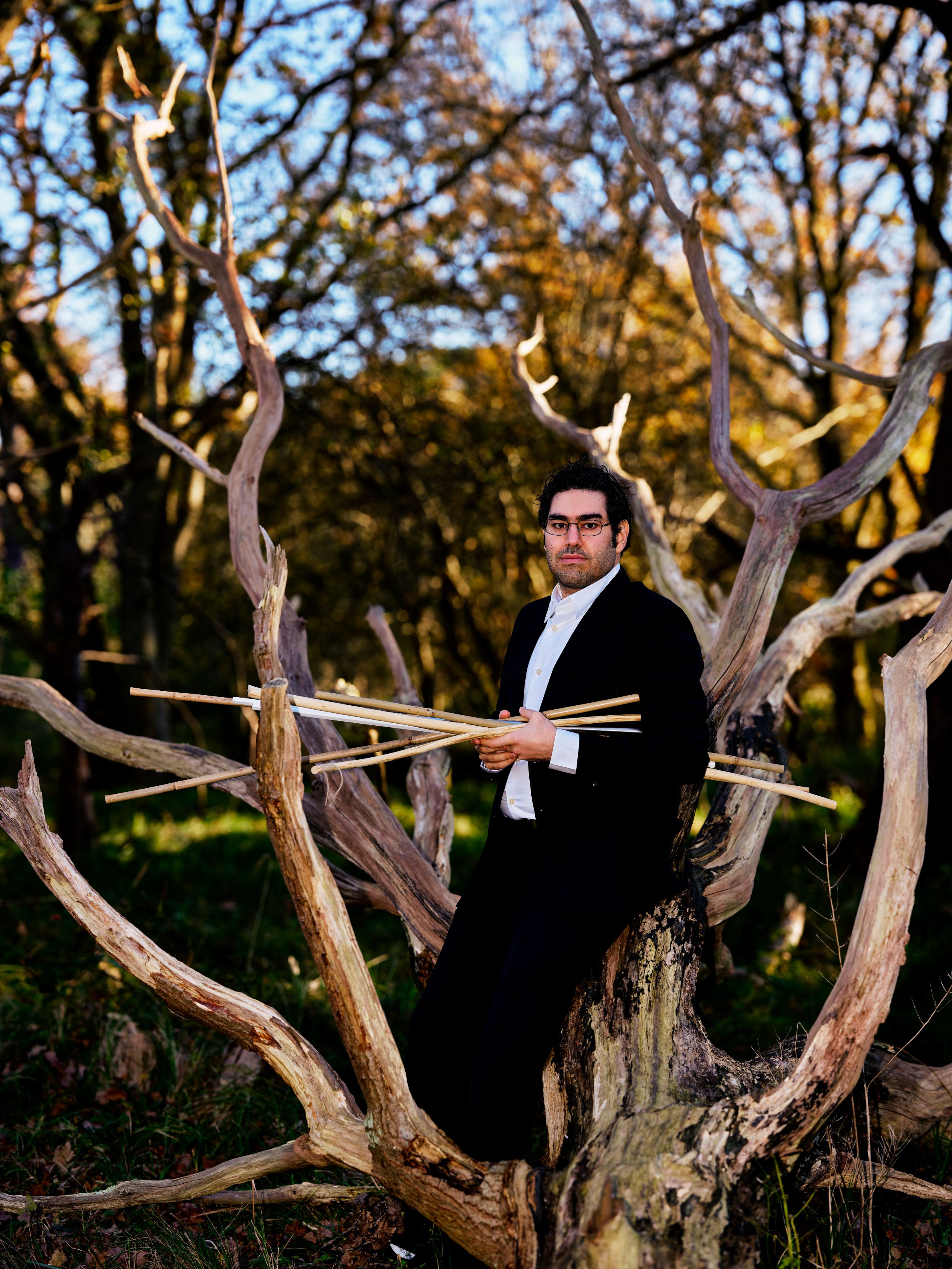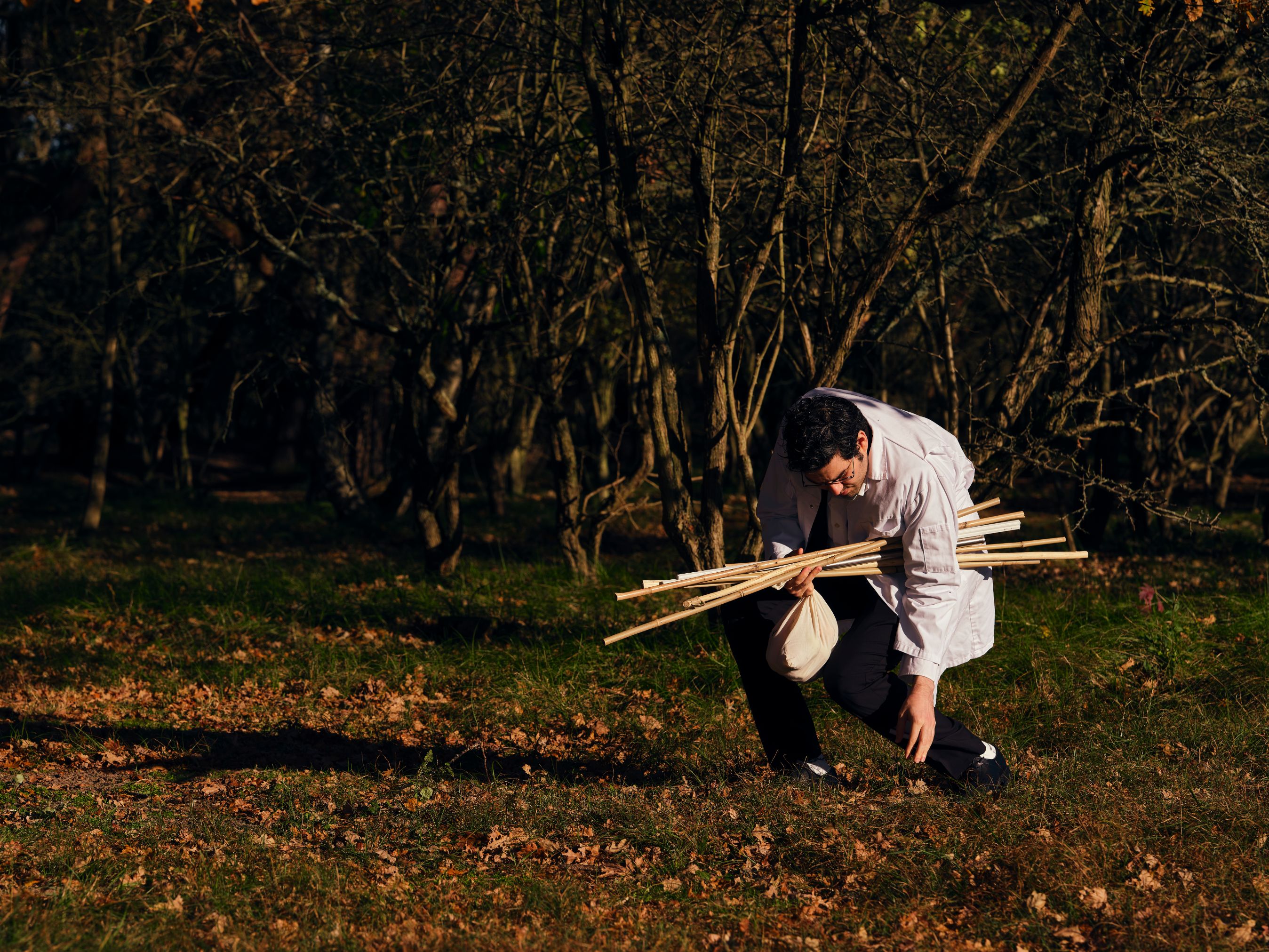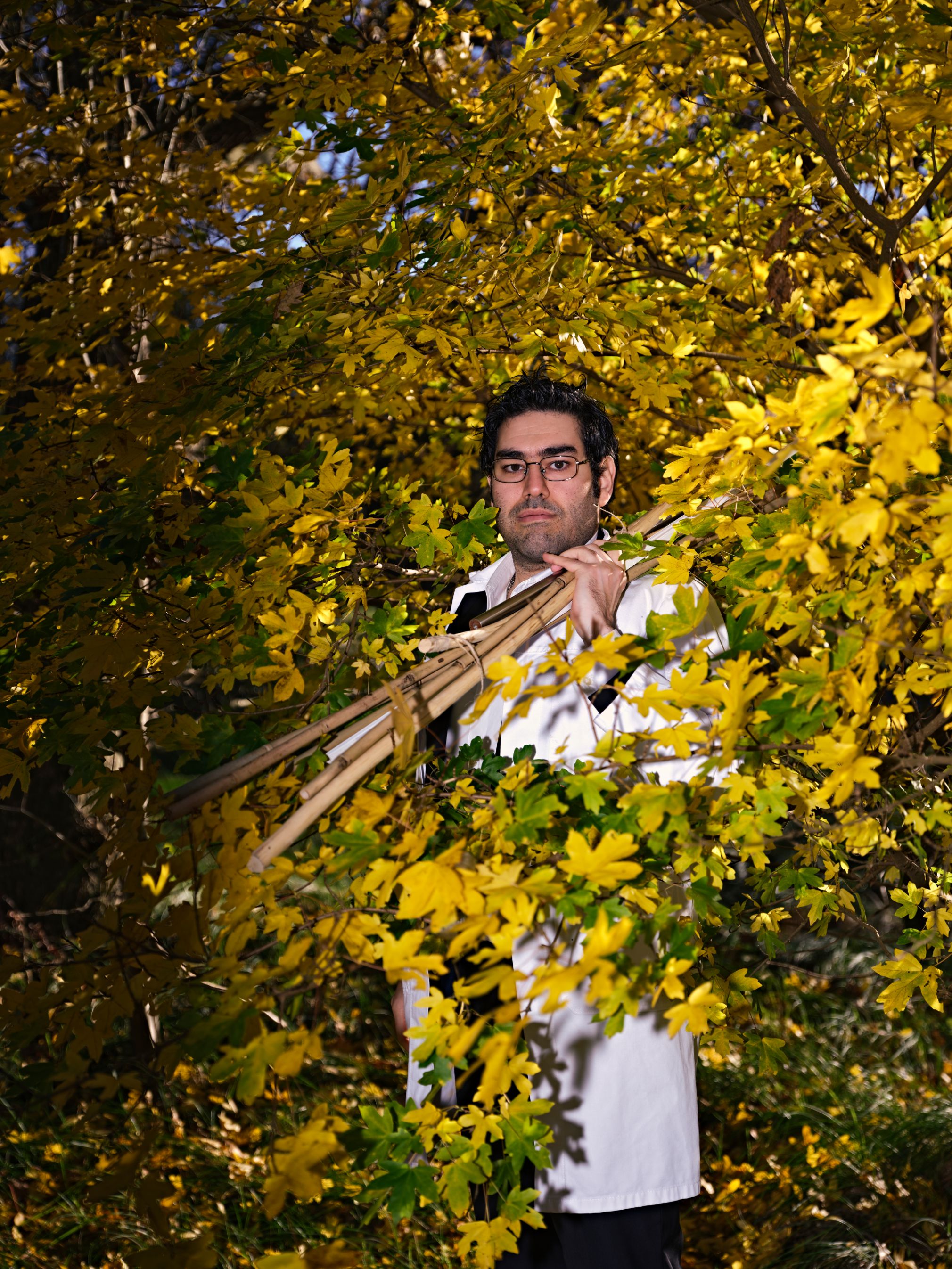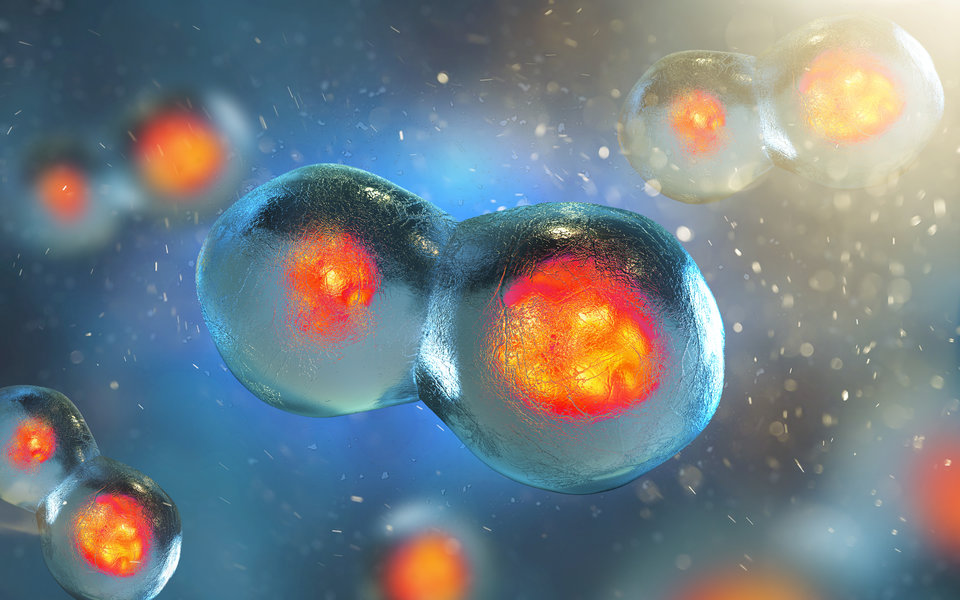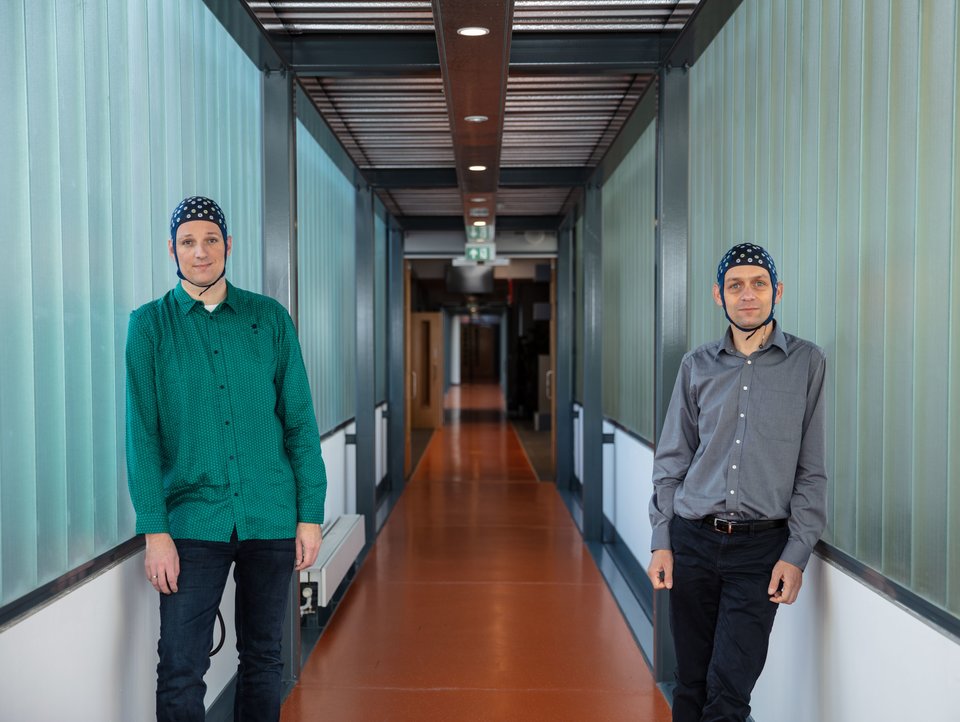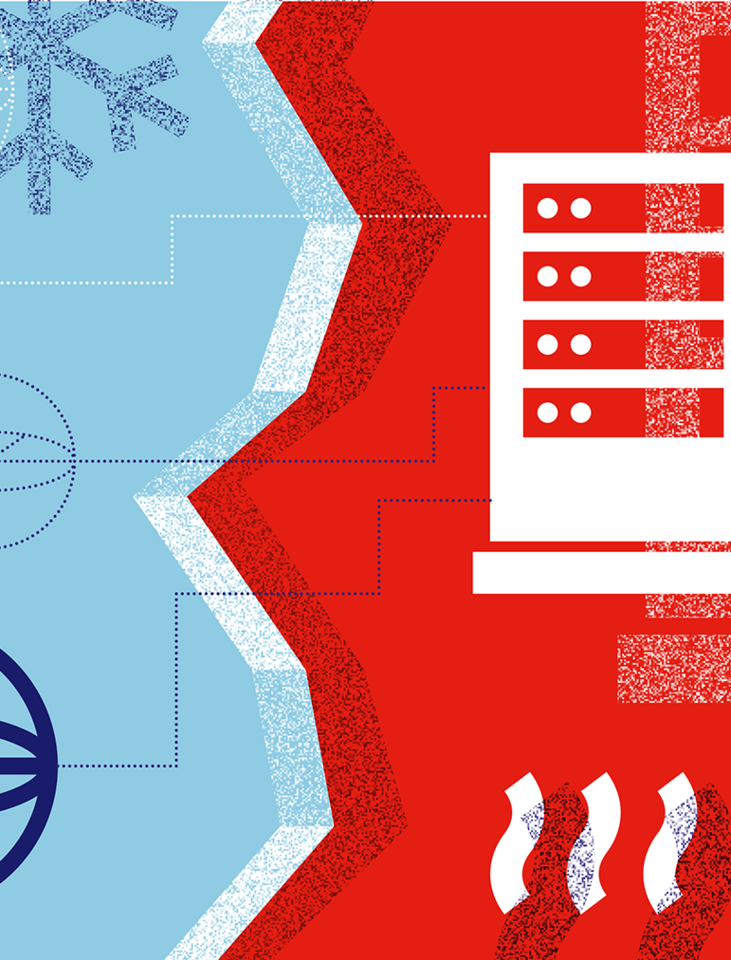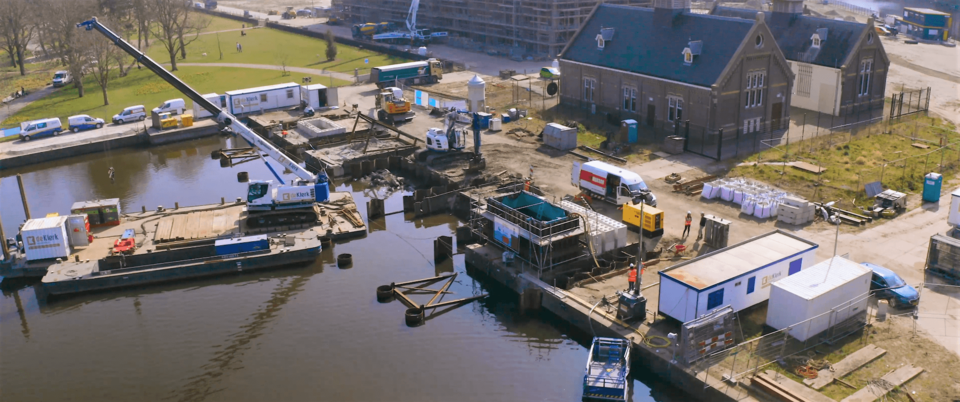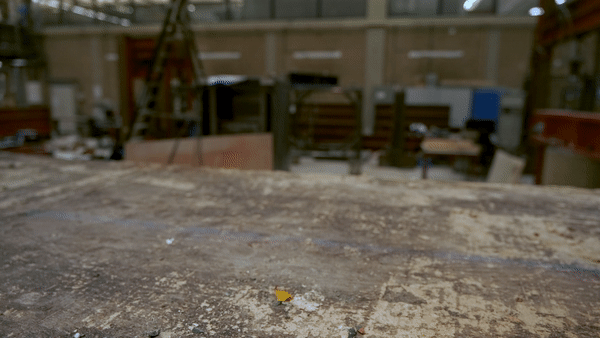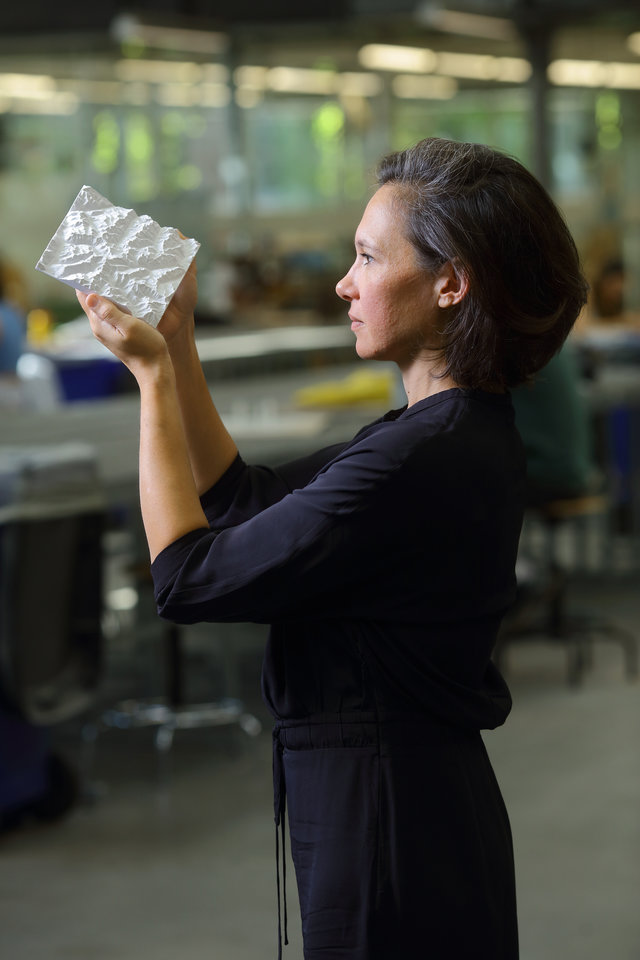Creating new materials by learning from nature. That’s what Mohammad J. Mirzaali is working on. He looks specifically at hard and soft transitions, which connect a hard bone to a piece of soft tissue in our bodies, for example.
If someone has bone cancer and the surgeon removes a piece of bone, he or she replaces it with an implant. But that’s not as easy as it sounds. It has to be attached to a bone, which is hard, and to tissue, which is very soft. These kinds of transitions are difficult for materials to handle, because they have to be firm, but at the same time they must not damage the soft tissue.
“We’re looking for ways to make materials that work well in these kinds of transition zones,” says researcher Mohammad J. Mirzaali from TU Delft’s ME Faculty. So you can make a better implant, for example. But it can also be used in aircraft construction. An example familiar to us all shows just how important these kinds of hard and soft connections are. “The plug of your phone charger has a hard part that you insert into the phone, but also a cable, which is softer. The transition from the hard plug to the cable breaks with most people. That shows how difficult it is to design this well. Because obviously you don’t want a charging cable that keeps breaking.”
Nature has wonderful, ingenious solutions for all kinds of problems. When Leonardo Da Vinci wanted to build a flying machine, he also looked at birds and flies. I use a similar approach. I look for examples from nature that can inspire me.
Nature as inspiration
How do you make such a material? Mirzaali gets his inspiration from nature. “I let it inspire me. Nature has wonderful, ingenious solutions for all kinds of problems. When Leonardo Da Vinci wanted to build a flying machine, he also looked at birds and flies. I use a similar approach. I look for examples from nature that can inspire me.”
He finds them in our bodies, for example. “I examine the mechanism behind the transition from bone to tissue in our bodies and I try to imitate that,” Mirzaali says. He then looks at the stiffness, which is much higher in the bone than in the soft part. “There is a very small transition. What we see when we look inside with special microscopes is so complicated. I want to understand exactly what’s at play in this transition and how it works. There’s definitely a hierarchy of different particles involved. If I can learn to understand how that works, then I can recreate it.”
That's why the scientist investigates tiny particles. “I really look at the forces and the structures at the cellular level. By the way, it would be a problem to create this on an industrial scale, because we can’t make everything as small as nature does.”
Forces at the nano-scale
For his research, Mirzaali collaborates with many colleagues from other backgrounds. For example, he uses insights from scientists who examine the tiniest components of our world, at the nano-scale. “This is what’s referred to as the microfabrication of small particles. Using artificial intelligence, we’re trying to find out how certain transitions from hard to soft have been designed by nature, why they work and what different types there are. These kinds of collaborations always yield new insights. For example, that the interrelationships of the particles play an important role, that some designs cause certain cells to grow much faster and how individual cells affect the formation of a material. By looking at which forces are at play on the nanoscale, we can make better models for developing new materials.”
What really appeals to Mirzaali is that his research is contributing to society. “If we succeed in creating a new material, many people will benefit from it. It can still be used for many different medical applications, because we have many of these kinds of transitions in our bodies. Think of people with osteoarthritis. They have problems with their bones and tissue. It’s estimated that around 30 to 50 per cent of people over 60 suffer from it.”
If we succeed in creating a new material, many people will benefit from it. It can still be used for many different medical applications, because we have many of these kinds of transitions in our bodies. Think of people with osteoarthritis. They have problems with their bones and tissue. It’s estimated that around 30 to 50 per cent of people over 60 suffer from it.
Helping others is an important motivation, says the scientist. That’s the reason he wanted to become a doctor as a child. “In the end, I went in a more technical direction. But I still want to help others by looking at nature to find technical solutions. I hope that we can manage to take our research one step further in the years to come. By looking at multiple organs simultaneously, such as the heart and the kidneys. At the moment, the focus is often on one body part. But everything in our bodies is connected. We have to look closely at that in our work too. So, when we do something with an organ or replace a knee with an implant, we need to look further and take into account how everything is connected. This is complicated, but also very interesting. We’ve still got plenty to learn.”
